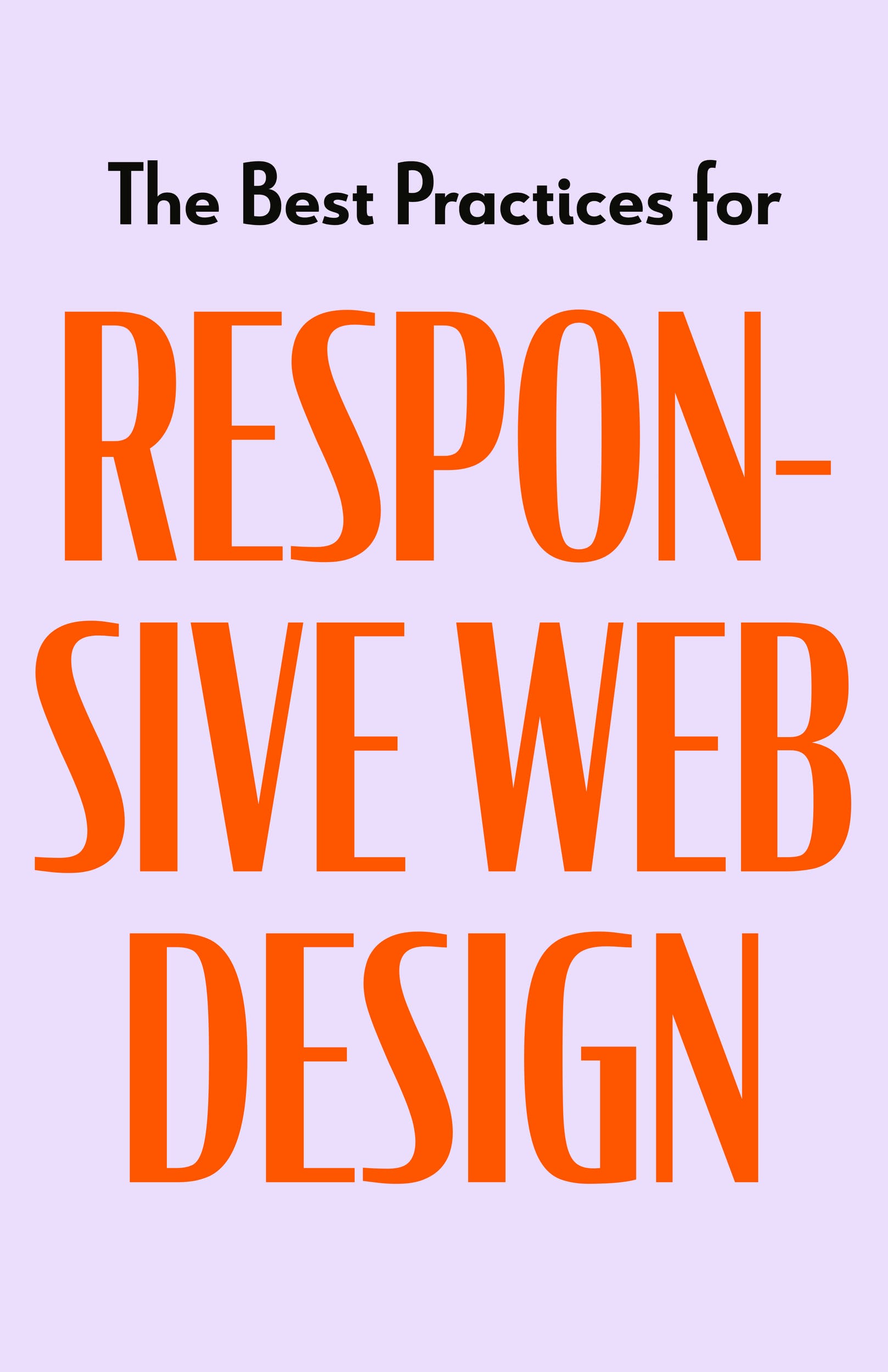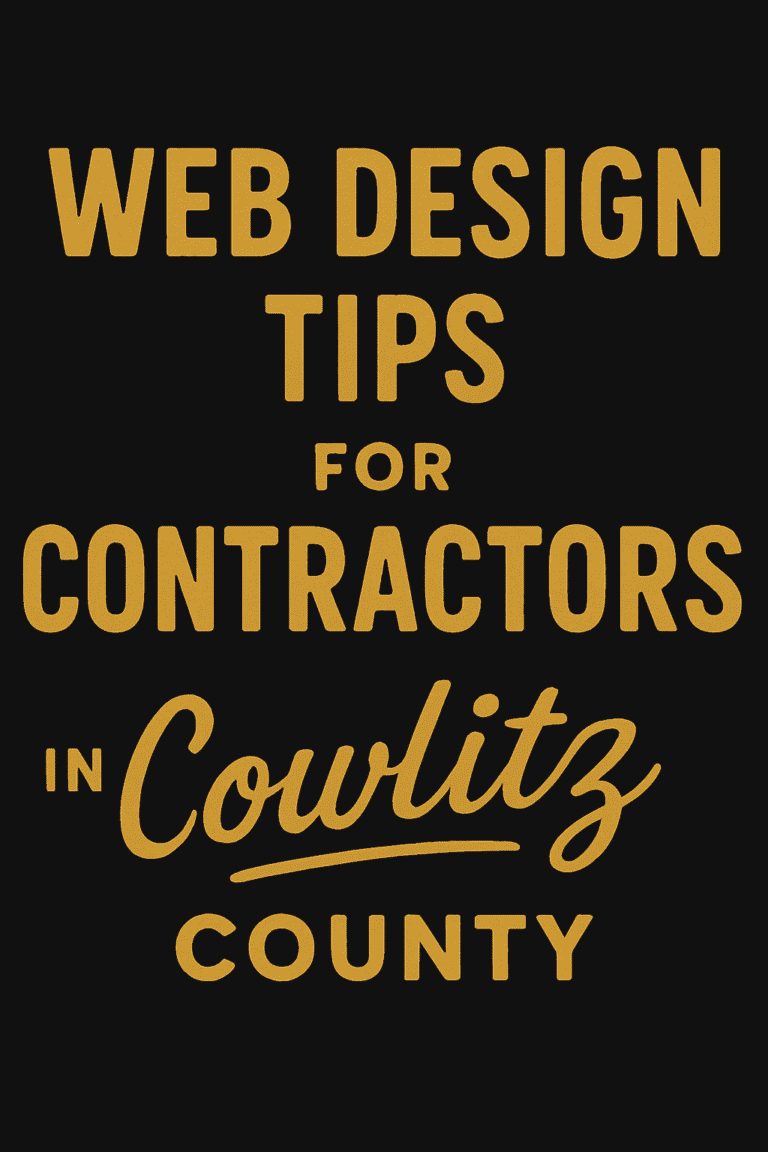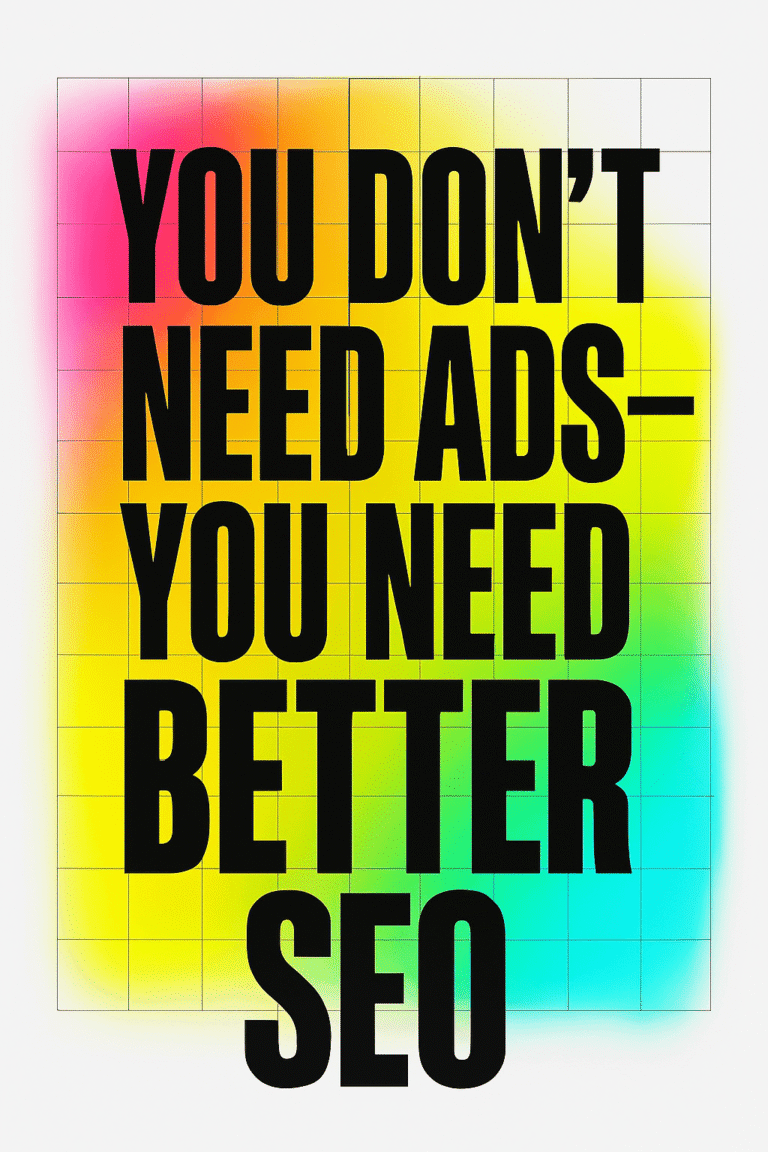
There are many different aspects to responsive web design. In order to create an effective responsive website, you need to consider all of the different components that make up a website. In this blog post, we will discuss some of the best practices for responsive web design. We will also provide tips on how you can use responsive design to improve your website’s usability and user experience.
What makes a website design responsive?
Responsive web design is a technique used to build websites that are easy to use and navigate on all devices. responsive design ensures that your website looks great and functions well on all screen sizes, from desktop computers to mobile phones.
There are three main components of responsive web design:
- Flexible layouts: responsive websites use CSS media queries to change the layout of the site based on the screen size of the device. This ensures that your website looks great on all devices.
- Flexible images and media: responsive websites use flexible images and media, which are sized in percentages or pixels. This ensures that your images and media look great on all devices.
- Media queries: responsive websites use media queries to change the CSS based on the screen size of the device. This ensures that your website looks great on all devices. responsive design is a great way to improve your website’s usability and user experience.
Mobile-first vs desktop-first
When it comes to responsive design, there are two approaches you can take: mobile-first or desktop-first.
With a mobile-first approach, you design your website for mobile devices first and then adapt it for larger screen sizes. This approach is becoming more popular as more people use mobile devices to access the internet.
With a desktop-first approach, you design your website for larger screen sizes first and then adapt it for mobile devices. This approach is less popular as it can be more difficult to make your website look good on small screens.
Responsive Website Design
Responsive design is not just about making your website look good on all devices. It’s also about making sure your website is easy to use and navigate on all devices. In order to create a responsive website, you need to consider how users will interact with your site on different devices.
Content
Your website’s content is one of the most important aspects of responsive design. Your content needs to be easy to read and understand on all devices. In order to make your content more responsive, you can use different fonts, font sizes, and line heights. You can also use responsive images and videos.
Layout
Your website’s layout is another important aspect of responsive design. Your layout needs to be easy to use and navigate on all devices. In order to create a responsive layout, you need to consider how users will interact with your site on different devices.
Screen size
One of the most important aspects of responsive design is screen size. You need to make sure your website looks good on all screen sizes. In order to do this, you can use media queries. Media queries are a CSS technique that allows you to change the styles of your website based on the width of the device’s screen.
Orientation
You need to make sure your website looks good in both landscape and portrait mode. In order to do this, you can use media queries. Media queries are a CSS technique that allows you to change the styles of your website based on the width of the device’s screen.
User experience
User experience is another important aspect of responsive design. You need to make sure your website is easy to use and navigate on all devices. In order to improve your website’s user experience, you can use responsive design techniques. Responsive design techniques include using different fonts, font sizes, line heights, and responsive images and videos.
Internet speed and bandwidth
You must take into account the fact that not everyone has access to high-speed internet or unlimited data. Responsive design must account for this by being able to adjust to slower connection speeds and smaller screen sizes.
Images:
It’s important to use images that are responsive as well. This means using images that are the right size and format for the devices your website will be viewed on. You don’t want your images to be too large and slow down your website, or too small and look blurry.
Videos
The same goes for videos. You want to make sure that your videos are responsive and can be viewed on a variety of devices. This means using the right format and size for each device.
Design
Your responsive design should be easy to use and navigate, regardless of the device it’s being viewed on. This means having a clear hierarchy, using typography that is easy to read, and providing enough white space.
Testing
You should always test your responsive design on as many devices as possible to make sure it looks and works the way you want it to. You can use online tools like BrowserStack or Google’s Mobile-Friendly Test to test your website.
Navigation
Your website’s navigation is another important aspect of responsive design. Your navigation needs to be easy to use and navigate on all devices. In order to create a responsive navigation, you need to consider how users will interact with your site on different devices.
What breakpoints should I use 2022?
There is no magic number when it comes to responsive design breakpoints. The most important thing is to make sure your website looks good on all screen sizes. In order to do this, you can use media queries. Media queries are a CSS technique that allows you to change the styles of your website based on the width of the device’s screen.
- Mobile: 320px and up
- Tablet: 768px and up
- Desktop: 1024px and up
What is the difference between responsive and mobile-friendly design?
The main difference between responsive and mobile-friendly design is that responsive design is a technique that allows you to make your website look good on all devices, while mobile-friendly design only focuses on making your website look good on mobile devices.
Responsive web design mistakes to avoid
When creating a responsive design, there are a few common mistakes that you should avoid.
Too many media queries:
If you use too many media queries, your CSS will become bloated and your website will load slowly.
Using fixed-width elements:
If you use fixed-width elements, your website will not be responsive. Fixed-width elements are those that have a set width, such as pixels or ems.
Not testing on enough devices:
You should always test your responsive design on as many devices as possible to make sure it looks and works the way you want it to. You can use online tools like BrowserStack or Google’s Mobile-Friendly Test to test your website.
Not using responsive images:
It’s important to use images that are responsive as well. This means using images that are the right size and format for the devices your website will be viewed on. You don’t want your images to be too large and slow down your website, or too small and look blurry.
Not using responsive videos:
The same goes for videos. You want to make sure that your videos are responsive and can be viewed on a variety of devices. This means using the right format and size for each device.
Creating a separate mobile website:
You should never create a separate mobile website. This is because it’s important to have one website that is responsive and can be viewed on all devices. Creating a separate mobile website will only create more work for you in the long run.
Wrapping it up
Creating a responsive website can be a daunting task. But, by following the best practices we’ve outlined in this blog post, you can make the process easier on yourself and create a website that looks great and functions well on all devices. If you need help putting these principles into practice, our at Graticle is here to assist you. We can create your logo, brand and website so that your business makes a great first impression. Get in touch with us today to learn more. Call (360) 450-3711
—
Responsive web design FAQs
How does a responsive website affect SEO?
Responsive website design can positively affect your SEO by increasing your site’s accessibility and making it easier for search engines to crawl and index your content. Additionally, responsive design can improve your click-through rate from SERPs since mobile users are more likely to abandon sites that aren’t optimized for their device. Overall, responsive web design is beneficial for both users and search engines, making it a essential part of any good SEO strategy.
What are the most important responsive design elements?
There are a few key responsive design elements that are especially important to keep in mind when creating or updating your website. First, you’ll want to make sure your site can be easily viewed on all devices by using responsive design principles. Additionally, your site should be designed with a mobile-first approach, meaning that its content and layout are optimized for smaller screens. Finally, you’ll need to ensure that your website loads quickly on all devices, as slow loading times can drastically decrease your conversion rate.
How can I test my responsive website?
There are a few different ways to test your responsive website. First, you can use a responsive design emulator like BrowserStack or Responsive Design Checker. Additionally, you can check how your site looks on different devices by using the Developer Tools in Google Chrome. Finally, you can also use online services like Pingdom or GTmetrix to test your site’s speed and performance.
What are the common responsive design issues?
There are a few common responsive design issues that you may encounter while creating or updating your website. First, you may have difficulty getting your site to look good on all devices. Additionally, you may find that your website loads slowly on some devices, or that certain elements are not responsive. Finally, you may also encounter issues with your site’s navigation or usability when viewed on a mobile device.





